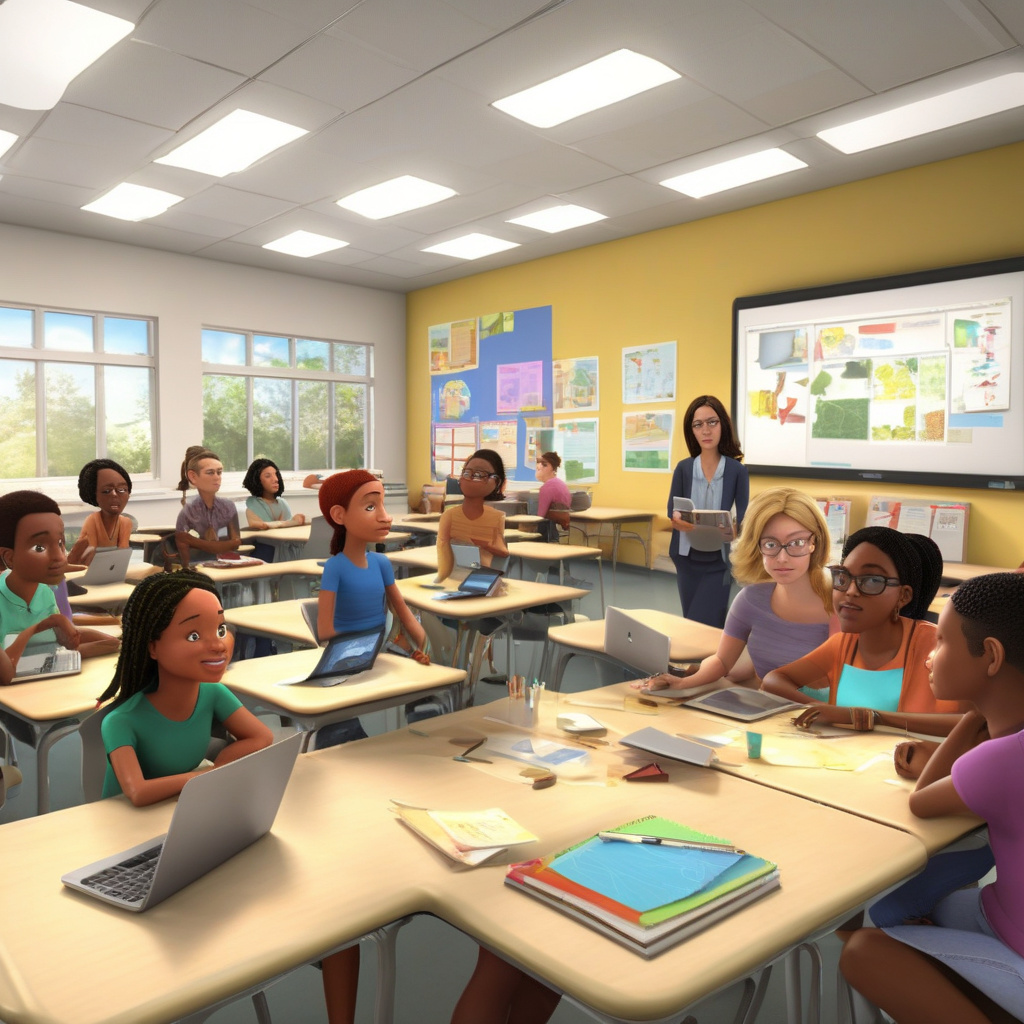As the first week of September rolls in, signaling the return to classrooms for both students and educators worldwide, teachers are gearing up for another eventful academic year. With the landscape of education continually evolving, the integration of technology has become more crucial than ever before. In a fast-paced and dynamic educational environment, teachers need all the support they can get to navigate the challenges that come their way.
One crucial aspect of technology that can greatly assist educators is the use of digital collaboration tools. Platforms such as Google Workspace for Education, Microsoft Teams, or Zoom can facilitate seamless communication between teachers, students, and parents. These tools enable real-time collaboration, file sharing, and video conferencing, making it easier to conduct virtual lessons, share resources, and provide feedback effectively.
Furthermore, educational apps and software can be invaluable assets for teachers looking to enhance their lesson plans and engage students in new and exciting ways. Applications like Kahoot!, Nearpod, or Flipgrid offer interactive features that can transform traditional teaching methods into dynamic and immersive learning experiences. These tools not only make learning more enjoyable for students but also provide teachers with valuable insights into student progress and comprehension.
In addition to collaboration tools and educational apps, the use of learning management systems (LMS) can streamline administrative tasks and help teachers organize course materials efficiently. Platforms like Canvas, Moodle, or Blackboard provide a centralized hub for course content, assignments, grades, and communication. By utilizing an LMS, teachers can create a structured learning environment that promotes consistency and clarity for both themselves and their students.
Moreover, the integration of digital whiteboarding tools can revolutionize the way teachers deliver content and interact with their students. Applications like Explain Everything, Jamboard, or Microsoft Whiteboard enable teachers to create interactive presentations, annotate documents in real-time, and facilitate collaborative brainstorming sessions. These tools can enhance student engagement, foster creativity, and make learning more interactive and personalized.
As we embark on a new school year filled with opportunities and challenges, it’s essential for teachers to leverage the power of technology to enhance their teaching practices and adapt to the changing educational landscape. By embracing digital collaboration tools, educational apps, learning management systems, and digital whiteboarding tools, teachers can create a more dynamic and engaging learning experience for their students.
In conclusion, the integration of technology in education is no longer optional but essential for teachers looking to thrive in today’s digital age. By embracing innovative tech solutions, educators can overcome obstacles, engage students effectively, and create a more interactive and personalized learning environment. As we navigate the new school year, let’s harness the power of technology to empower teachers and inspire the next generation of learners.

